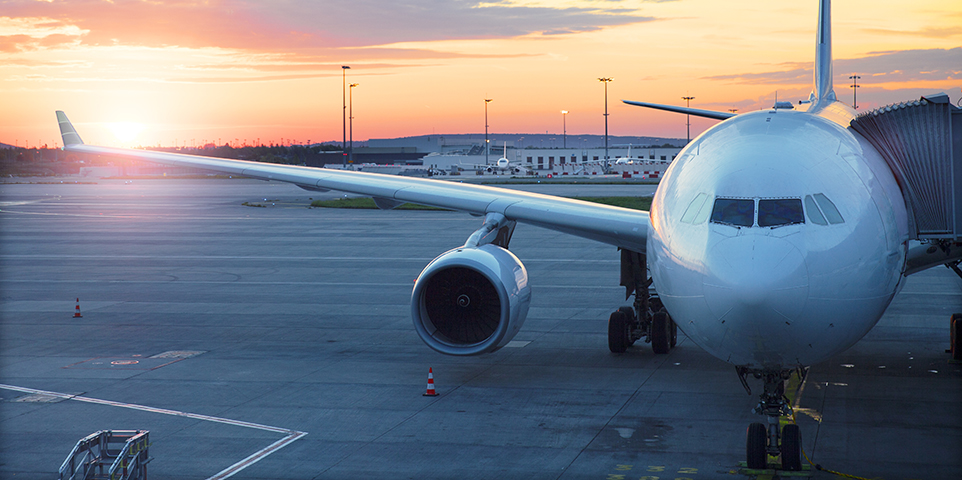MEMBERSHIP
AMPLIFY
EN ESPAÑOL
Connect With Us
- Popular search terms
- Automobile
- Home + Renters
- Claims
- Fraud
- Hurricane
- Popular Topics
- Automobile
- Home + Renters
- The Basics
- Disaster + Preparation
- Life Insurance

In the United States, the National Transportation Safety Board (NTSB) compiles data on aviation flight hours, accidents and fatalities for commercial and general aviation, which is private transport and recreational flying.
There were 40.6 million flights taken in 2024, up from 38.6 million in 2023 and above the five year average of 31.8 million flights, according to the International Air Transport Association (IATA). The global all-accident rate (measured in accidents per one million flights) increased to 1.13, up from 1.09 in 2023. The global all-accident rate includes substantial damage and hull loss accidents of aircraft built anywhere in the world and is the most comprehensive accident rate calculated by IATA. A hull loss is an accident in which the aircraft is destroyed or substantially damaged and is not subsequently repaired.
|
|||||||||||||||||||||||||||||||||||
(1) On Eastern and Western built jet aircraft.
(2) Includes accidents for all aircraft (jets and turboprops) for substantial damage and hull loss per million sectors.
Source: International Air Transport Association (IATA).
|
Source: Copyright B3A – Ronan HUBERT – Bureau of Aircraft Accidents Archives.
Drones are unmanned aircraft systems (UAS) that are remotely controlled and include small hobbyist models and commercial and military aircraft. The Federal Aviation Administration (FAA) tracks the number of commercial and recreational drones registered and the number of pilots certified and provides information drone safety.